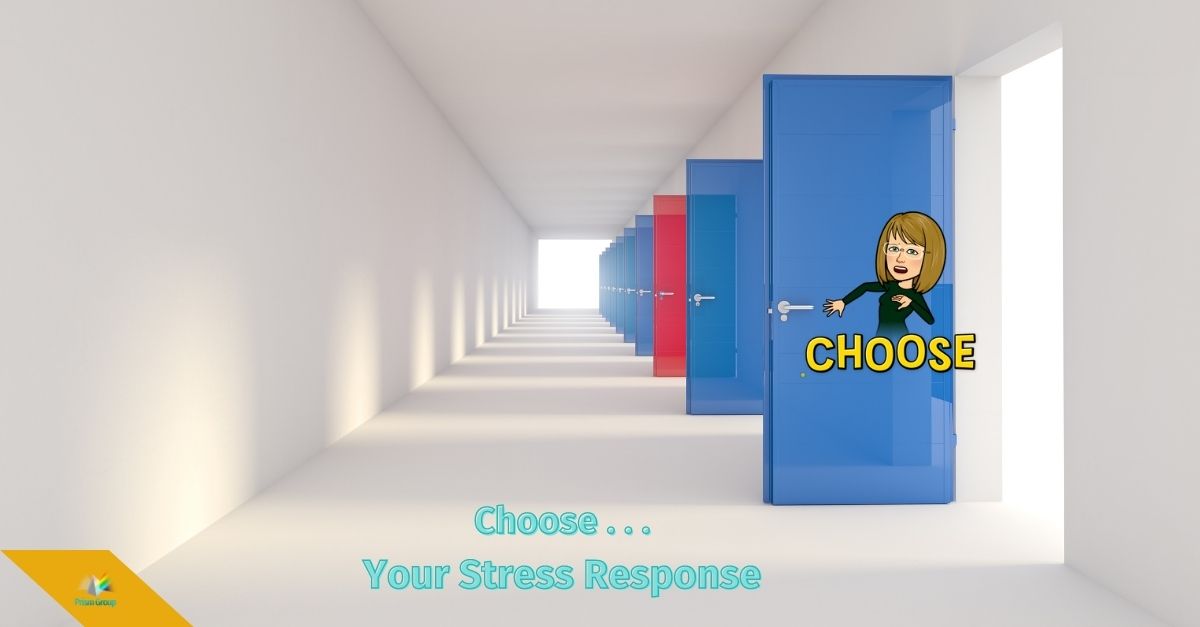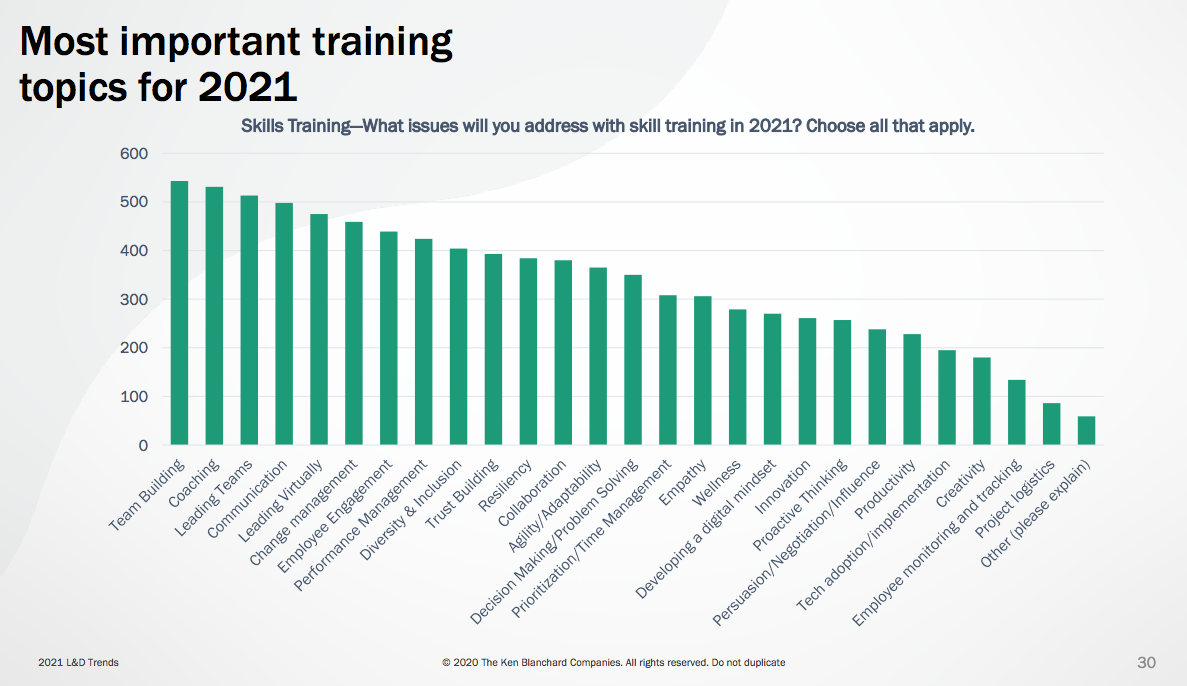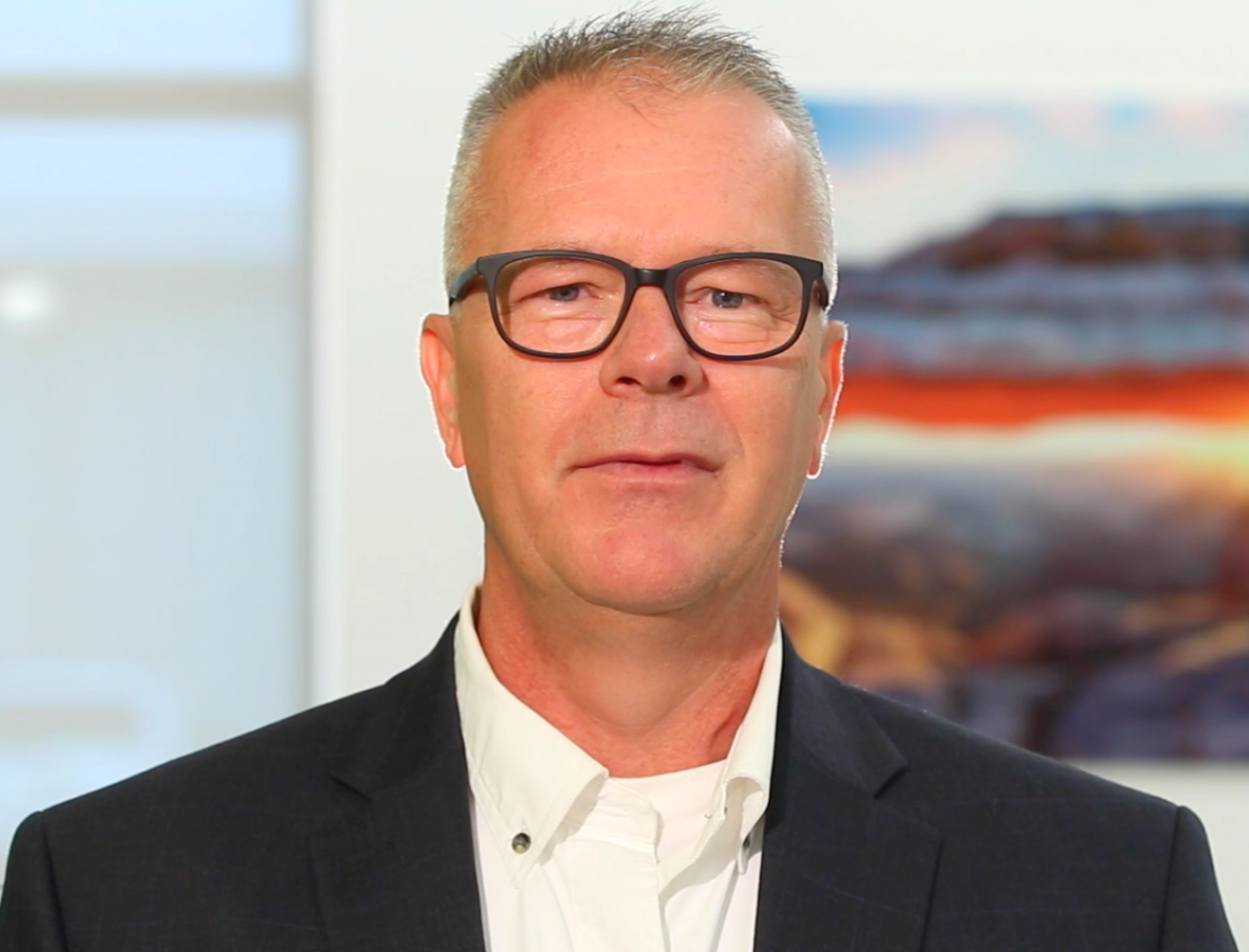
Life is a parade of stress-inducing situations ever looming on the horizon. Which helps explain why, the more you resist stress, resist the inevitable, the more painful it becomes. For instance, say that your stress was an egg. And imagine squeezing and squeezing that egg. It’d finally crack under the pressure, right? What a mess! But if you gently hold the egg, you can easily handle it.
Stress can make us stronger, smarter and happier
In a Stanford News article by Clifton B. Parker, the author interviewed Stanford psychologist Kelly McGonigal who talked about her research indicating that “stress can make us stronger, smarter and happier – if we learn how to open our minds to it.”
McGonigal states that “The three most protective beliefs about stress are:
1) to view your body’s stress response as helpful, not debilitating – for example, to view stress as energy you can use;
2) to view yourself as able to handle, and even learn and grow from, the stress in your life; and
3) to view stress as something that everyone deals with, and not something that proves how uniquely screwed up you or your life is.”
…a cascade of health-promoting physical responses.
Studies have shown that when we embrace stress, our bodies release a cascade of health-promoting physical responses. A life-saving “biology of courage” that helps you endure and thrive even under the most daunting, stressful conditions.
In a Q&A with the Rotman School of Business, McGonigal responded to one of the questions with the following: “The profound ‘mindset reset’ that I’m encouraging involves embracing stress because you understand that there is no way to live a stress-free life, and that the presence of stress in our lives is important to being human. We need stress in order to experience the things we want most in life — whether it’s health, happiness, love or growth. I am convinced that when you choose to see the upside of stress, you increase your resilience, add meaning to your life and make more personal connections.”
A Story from Real Life…the horse is out of the barn!
In 2008, my husband, Stan, of 8 years was diagnosed with Stage IV gastric cancer. “Sorry, the horse is out of the barn” is what we were told over and over. Sorry, too late for surgery, the horse is out of the barn. Sorry, too late for radiation, the horse is out of the barn. “Maybe oncology can help.”
In no time at all, here we were, our world suddenly turned absolutely upside down. It felt surreal and almost like we were watching ourselves in a movie. Alas, an oncologist who embraced Stan’s situation and wasn’t about to allow the horse to keep running until Stan ran out of breath. Instead, he told us that “Sometimes aggressive cancers respond to aggressive treatment.” Okay then – let’s get started, we responded. Keep in mind, he continued “you have less than a 5% chance of living 5 years.”
That was a defining moment and one filled with immense stress – the life or death kind…literally. At that moment, we had a choice, we could feel defeated, go the chemo course and hope for the best.
Instead, we chose our stress response. For Stan, it was an attitude of I’m not ready to leave my wife and my family – I still have so much to live for. Stan also looked at the odds and chose to respond by taking on the perspective that somebody is in that 5% that makes it so it’s going to be him.
The stress response I chose was one of combating this evil force. I could see it, it had a shape, it had a colour and it was voracious. Well guess what, I could be voracious back – “no I’m not going to let you win” I thought.
Choice gives us power
This stress response was a choice and with choice comes power. There is so much more about this journey but today I just want to focus on just one of the techniques for mastering stress – choosing your stress response.
That choice is what kept me going as the caregiver, researcher, on-demand cook, chauffeur, part-time coach, communications head and wife. My choice gave me the courage that I needed to continue although inside I was filled with fear, particularly in the early days.
Months later, as my husband continued to make phenomenal progress and defy the odds, the oncologist shared that when he first saw Stan, he didn’t expect him to live 6 weeks! In fact, he said that the majority of people that don’t choose a positive stress response don’t make it.
There were so many life lessons learned in that time and yes, Stan continues to be super healthy and almost impossible to keep up with as we approach the 12.5 year mark as I write.
How can you shift your perspective to choose new ways of responding to stress so that you turn stress into good stress?
Submitted by:
Sophie Mathewson, PCC
Strategic Advisor & Coach
Prism Group
prismgroup.ca










.png)



